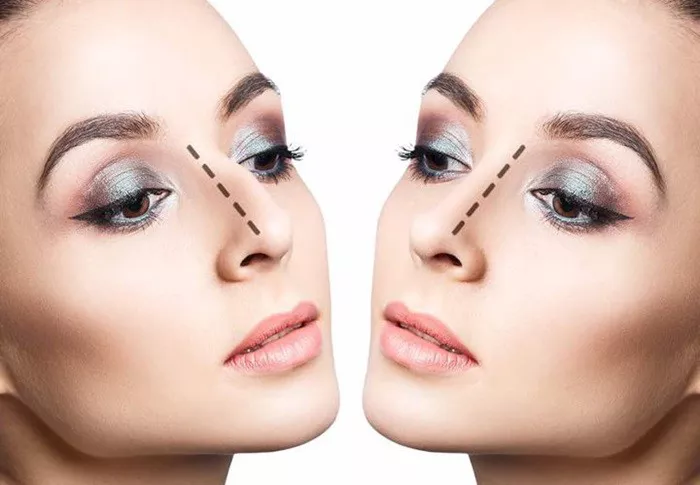Rhinoplasty, commonly known as a nose job, has seen significant advancements in recent years, thanks to cutting-edge technology. One of the most notable innovations is the use of 3D imaging, which allows surgeons to create a virtual model of the patient’s face. This technology enables patients to visualize potential outcomes before undergoing surgery, ensuring realistic expectations and higher satisfaction rates.
Minimally Invasive Techniques
Another breakthrough in rhinoplasty is the development of minimally invasive techniques. Procedures such as ultrasonic rhinoplasty use high-frequency sound waves to reshape the bone with greater precision, reducing trauma to surrounding tissues. This results in less swelling, faster recovery times, and more natural-looking results.
The Future of Rhinoplasty
Experts predict that artificial intelligence (AI) will play a significant role in the future of rhinoplasty. AI algorithms could analyze facial features and suggest optimal nose shapes based on individual facial symmetry and proportions. As technology continues to evolve, rhinoplasty is becoming safer, more precise, and more accessible than ever before.
You Might Be Interested In:
- The Global Hair Transplant Boom: Why More People Are Seeking…
- From Bald to Bold: How Hair Transplants Are Boosting Confidence…
- Ethical Concerns in Hair Transplantation: Are We Prioritizing Profit Over…


